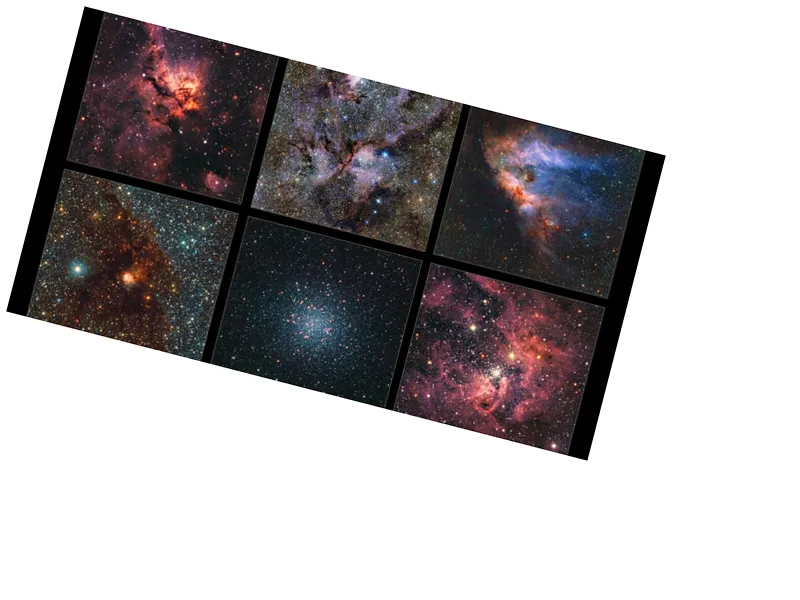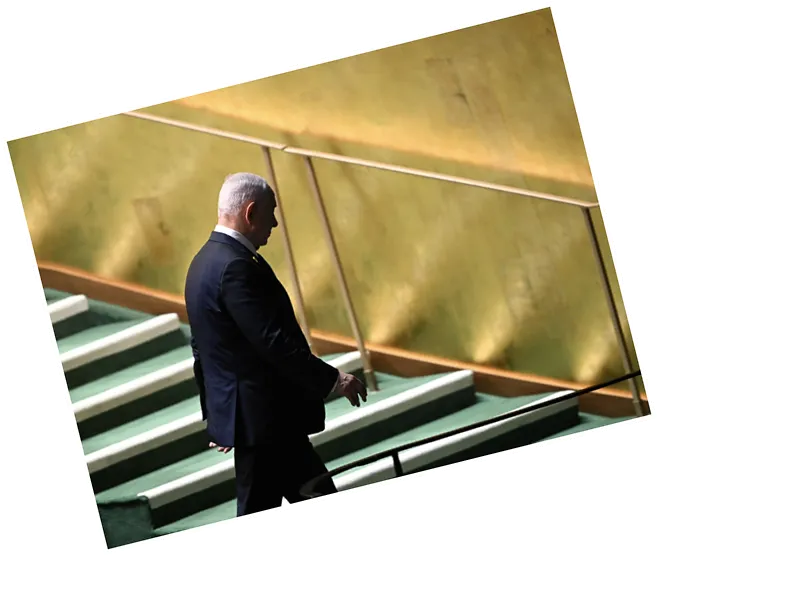Once again, Israeli Prime Minister Benjamin Netanyahu has sparked outrage among Moroccans after displaying a controversial map of the Arab world during a recent conference. The map, intended to illustrate his position on the Philadelphi border axis between the Gaza Strip and Egypt, showed Morocco without borders separating it from the disputed region of Western Sahara. The inclusion of the term 'Western Sahara' has reignited tensions and raised questions about the normalization of relations between Morocco and Israel.
Netanyahu's portrayal of Morocco on the map has not only angered Moroccan citizens but also prompted significant backlash on social media. Human rights activist Mohamed Lamrikhi criticized the Israeli Prime Minister for perpetuating the narrative that undermines Morocco's claim to Western Sahara. Many Moroccans took to social media to express their frustration, questioning the validity of Israel's recognition of Moroccan sovereignty over the region. Issam Al-Azizi, a prominent media figure, challenged his followers to consider the implications of Netanyahu's presentation.
In response to the uproar, Netanyahu's office issued a clarification, claiming that the inclusion of 'Western Sahara' was a mistake. They emphasized that the official map in the Prime Minister's Office only names Morocco in the disputed area. However, this explanation has not quelled the skepticism among Moroccans, who feel that repeated mistakes indicate a deliberate stance rather than mere oversight. The diplomatic tensions surrounding the recognition of Western Sahara continue to complicate the relationship between Morocco and Israel.
This incident follows a pattern of miscommunication regarding territorial sovereignty, as Netanyahu's office had previously apologized for a similar mistake in May 2024. At that time, they attributed the error to using an outdated map. As Morocco grapples with its identity and territorial claims, the ongoing dialogue about its relationship with Israel remains fraught with challenges.






